Sometimes you walk around the Sure Flow Equipment plant and are struck by the bigness and seeming complexity of some of the incredible fabricated industrial valves and strainers being created.
While they can look pretty sophisticated, with pressure differential gauges and multiple butterfly or knife gate valves to redirect liquid flow during clean out on a dual basket strainer, they all have a fairly basic mission. To strain debris from a liquid flow that might damage sensitive and expensive equipment elsewhere in the process, like pumps.
In a world obsessed with the latest technology from self-driving cars and homes controlled from smart phones, we often forget about how much of our daily lives is still dependent on some pretty basic technologies that have been around for a long time.
When you fill up the kettle or flush the toilet there is a whole network of pipes and pumps that are busy getting you that amazing clean drinking water, and removing wastes from your home. When you get in the car to drive to work, a whole industry has been busy drilling wells searching for petroleum products, and processing and refining crude oil into the fuel that propels your vehicle.
Sure Flow has a state of the art design and engineering operation using the latest in technology to ensure our products are fabricated to the highest specifications. The strainers themselves though are using a very well established, pretty simple technology. Put a strainer in line with the flow, remove potentially damaging debris, clean the strainer, put it back in to keep doing its job.
This marvelous dichotomy of different technologies we encounter in our daily lives was brought home on a recent weekend by Sure Flow Equipment President Penni Boxall, taking a trip through an inland waterway.
On the Trent-Severn Waterway, the “Big Chute Marine Railway” uses an inclined plane to lift boats up 60 feet and transports them from one body of water to another. It can transport boats up to 100 tons with four 200 horsepower electric motors. It was considered temporary when it was built in 1919 since resources that would have built an actual traditional lock were busy with the war effort. It was meant to be replaced with a traditional lock but it kept being postponed.
Then in the 1960s there was concern about the sea lamprey migrating upstream, and since the lamprey could not hold onto boat hulls for the duration of the trip up the railway, it turned out the railway was superior to a lock.
While locks were considered more advanced for moving boats through waterways, it turned out the less sophisticated option proved superior. It is the only marine railway still in use in North America, and apparently still ‘pulling its weight.’
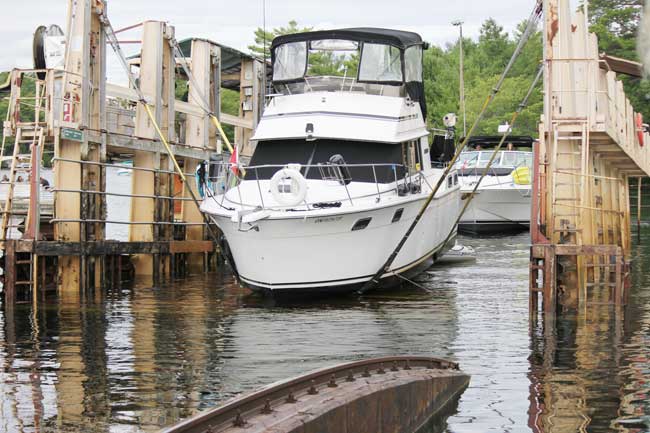
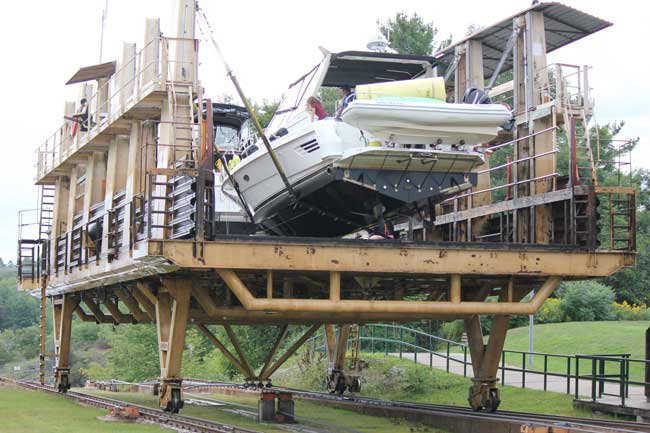
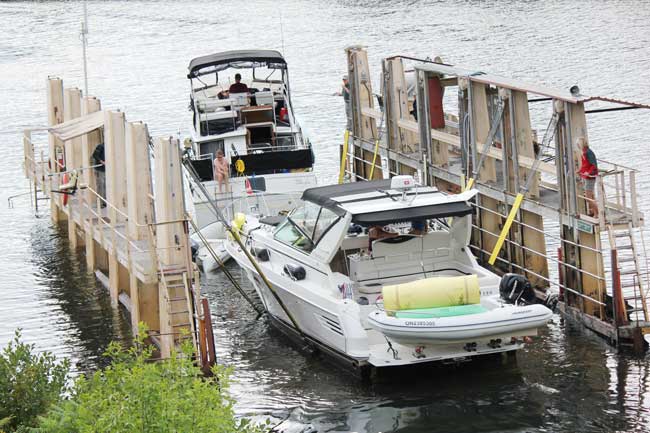
Further upstream you encounter the CN Railway Swing Bridge over the Trent Waterway.
This swing bridge allows larger boats to pass through what would be a too low a restriction when it is in place for trains to go on. When a train is approaching the bridge swings back to allow the train to pass unencumbered. While the leisure boats may have to wait for a while, it’s better than not being able to access the Trent waterway which would be the alternative.
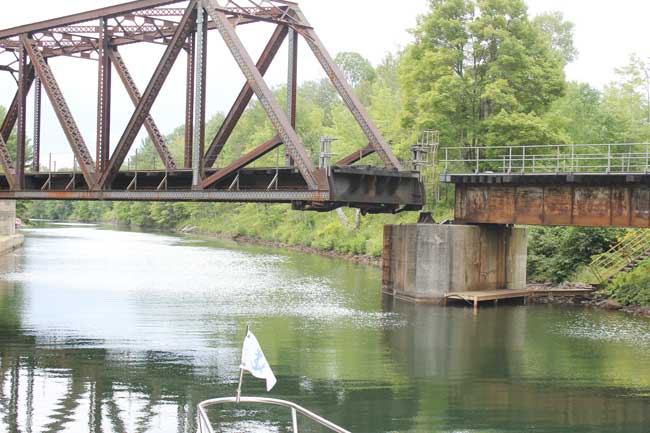
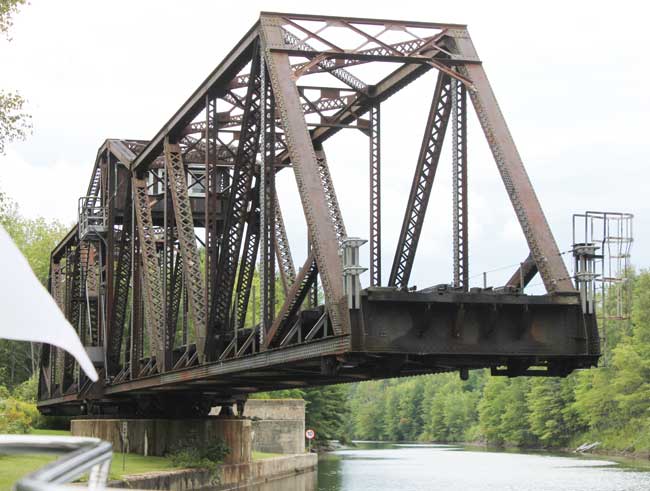
This summer further up the waterway another swing bridge was undergoing construction upgrades. Like any large piece of infrastructure or machinery, it must be maintained over time. Modern technology devices wear out quickly because they are often cheaply made, because of frequent upgrades, or they are obsolete and need to be replaced. And yet these 100 or more-year-old pieces of technology are still fulfilling their original mandate, making transport more efficient and making life better.
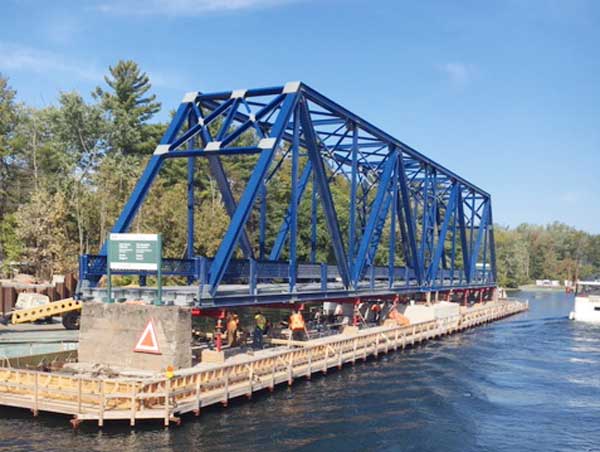
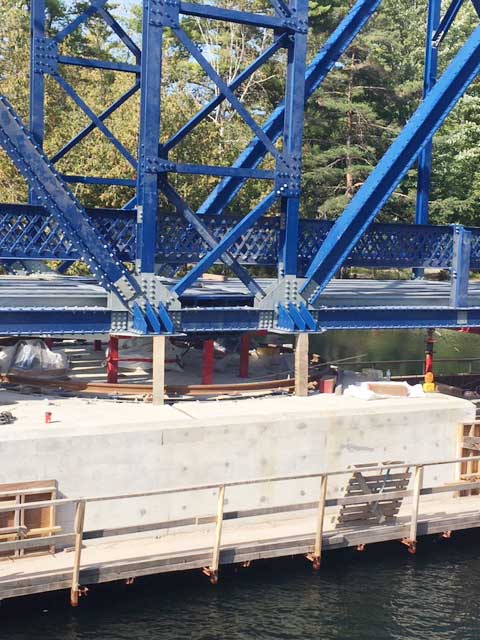
Both of these are part of the Trent-Severn Waterway which was started in the late 1800s and completed in 1918 and which is a marvelous work of engineering in itself. It took ships 386 km (240 miles) from Trenton Ontario to Georgian Bay and saved a huge distance sailing through Lake Ontario, Lake Erie and up Lake Huron.
Our lives today see a mind-boggling pace of technological innovation, but often we are still dependent on older, more simple and elegant technologies. From the miracle of running water when you turn on a faucet to turning on a light switch and seeing a dark room filled with light. Taking a moment to appreciate the marvels of living as we do today can be a refreshing way to learn gratitude. Hi-tech and low-tech make a pretty great combination.
Sure Flow Equipment uses high tech systems to make what some might consider low-tech yet marvelous pieces of technology that provided so many of our essential services. We’re glad to be part of the team!

